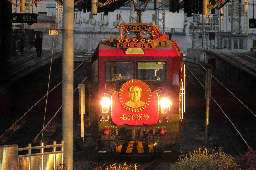some recent news: https://www.google.com/search?q=global+warming+sea+rise+sewer&tbm=nws
In talking with experts about groundwater rise, what often comes up is that it’s more complicated and harder to adapt to than sea-level rise. Any solution to one aspect of the problem can create a cascade of others. Take, for example, something as straightforward as sanitation. Ordinarily, in most parts of the United States, when you flush the toilet one of three things happens, depending on where you live: it goes out to a cesspool, a septic system, or a sewer line. But groundwater rise presents increasing challenges for all three.
Cesspools are essentially concrete cylinders with an open bottom and perforated sides. Especially in coastal areas, the cesspools, which should be dry, instead find themselves constantly inundated, says Josh Stanbro, a senior policy director for Honolulu’s city council, who until last January was the city’s chief resilience officer. “They’re now sort of always wet,” he says. Microbes stay alive because they are wet, and because there’s so much more water around, they can leach out.
...
[NYC] Sewer infrastructure will also be remodeled and updated to handle more water in coming years. The project estimates more than 110,000 people will be impacted, of which about a quarter live in low-income or public housing.
"We have to address that existing risk and exposure that we already have. But we also can't continue to build in the way that we have been," NY-NJ Climate Resilient Coasts and Watersheds Director Kate Boicourt said. "There is no such thing as a natural disaster in the way that we have seen of this devastation of our built environment. And that's because we've built this in places there in ways that are really risky."
...
The English Environment Agency released monitoring data showing raw sewage was dumped into rivers and the coasts 372,533 times last year, with discharges totalling 2,667,452 hours.
Storm overflows put untreated sewage into the seas and rivers to stop drains overflowing, for example after heavy rain.
...
“During the December floods, [Malaysia] experienced one month’s rainfall in a single day. Our current drainage systems are not equipped to handle this,” he said at a seminar today.
He added that every year, engineers had to reanalyse and design new drainage systems and retention ponds based on the new conditions. Lee Wei Koon.
“But we are severely lagging behind because the manual that we use only gets updated every 10 years.”
new bit: Permanent Revolution but for engineers :wtyp:

This but unironically